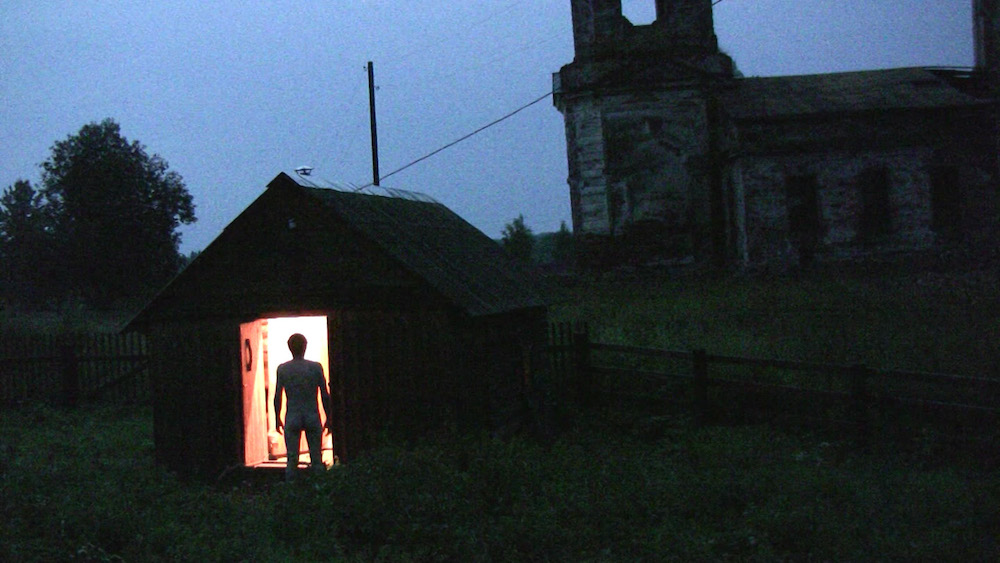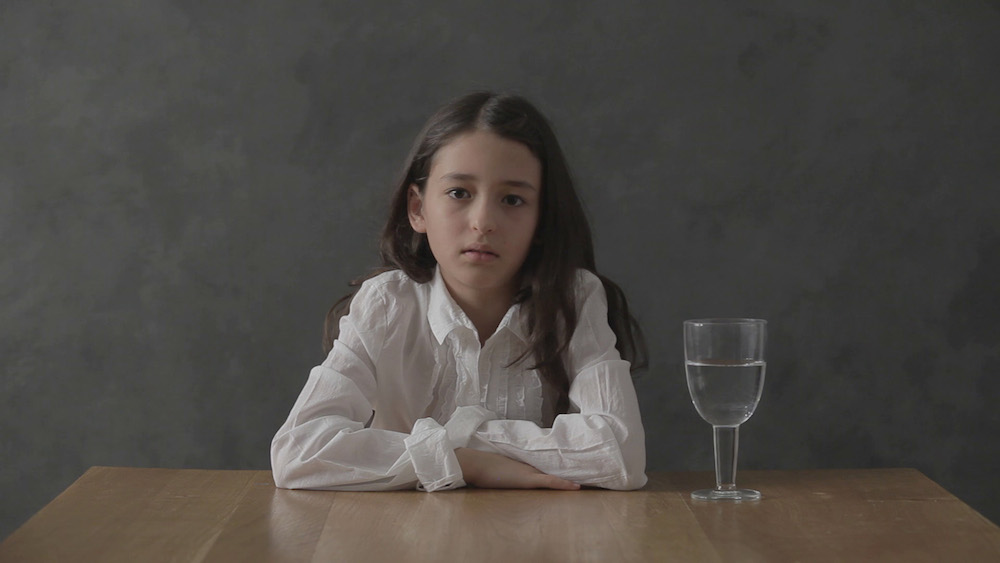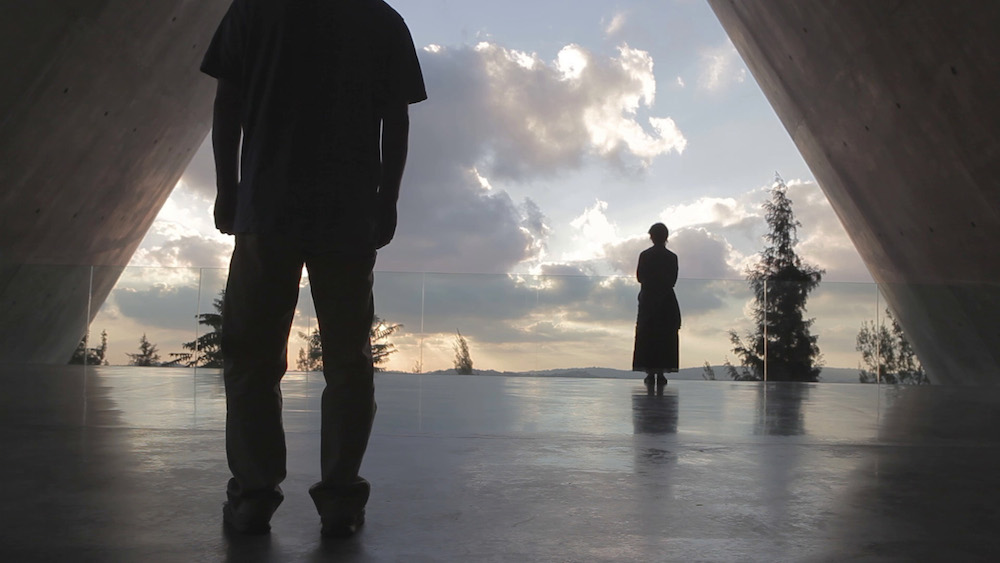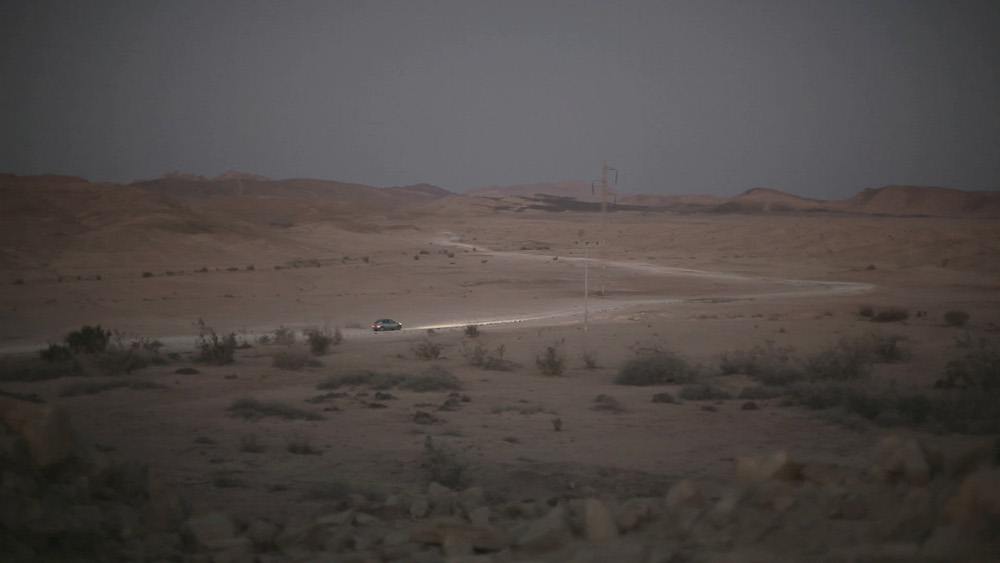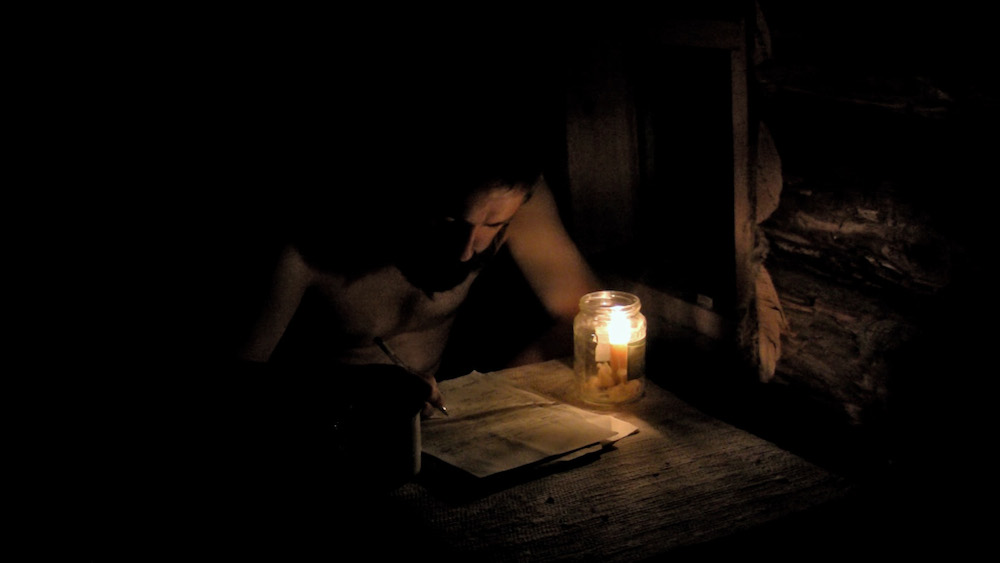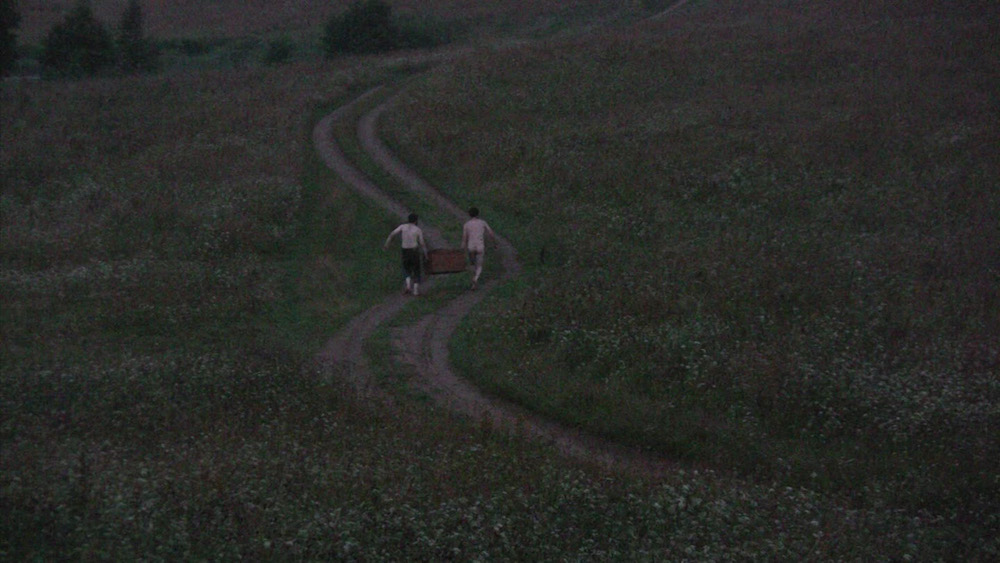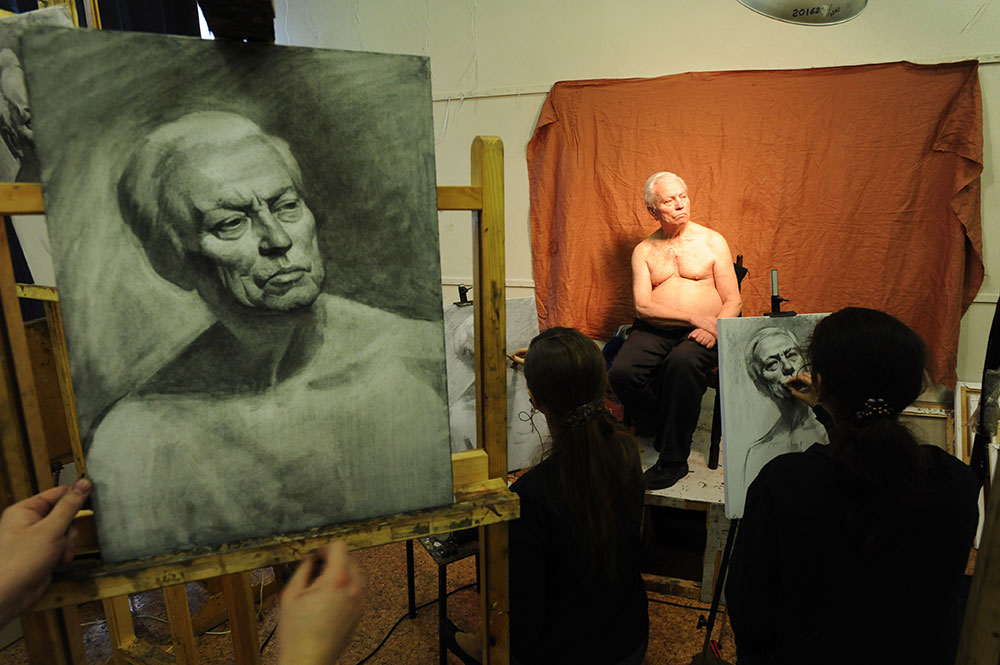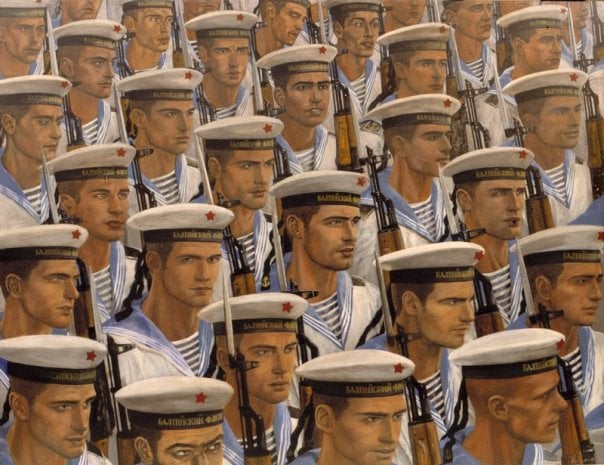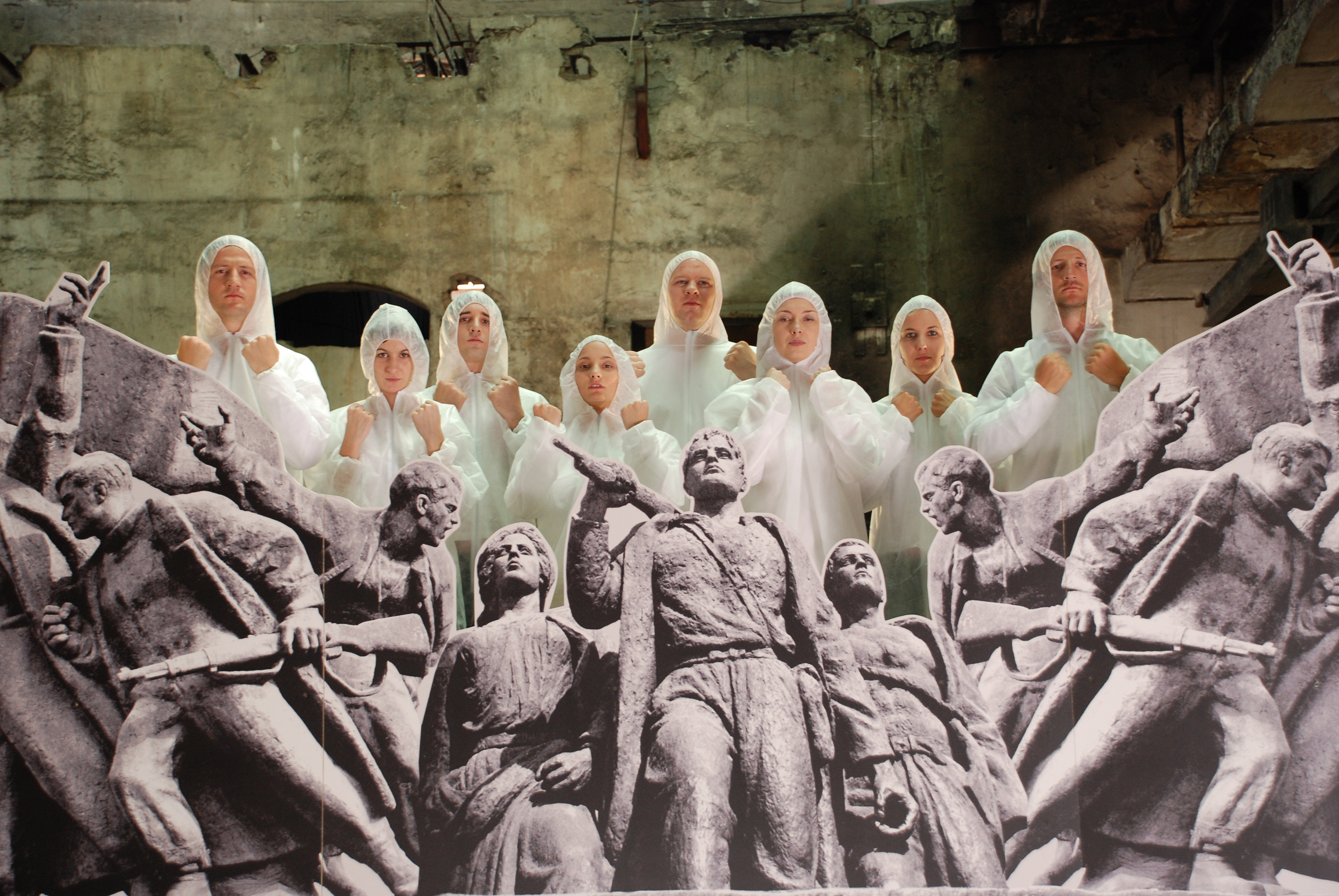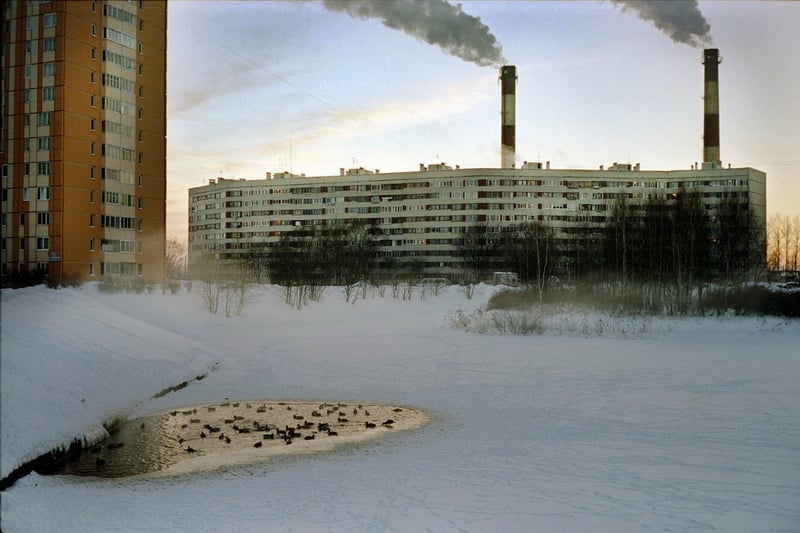The art of play: Russia’s best video artists
Once a clandestine artform, video art is now taking off in Russia. The Calvert Journal brings you four video artists to watch
When video art first emerged in Russia in the Eighties, it was part of the underground contemporary art scene. Semi-hidden from view, it was mainly shown in independent contemporary art spaces. Three decades later and video art is no longer a clandestine art form. To the contrary, it is not only flourishing but also has the approval of the art establishment. For the past two years, the Russian Kandinsky Prize for best artist has been awarded to video artists: Polina Kanis and Dmitriy Venkov respectively. Despite this, the video art scene is still in its infancy with Moscow’s Rodchenko School of Photography and Multimedia being the country’s only institution that offers decent courses. The Calvert Journal brings you four names to look out for.
Dmitriy Venkov - Mad Mimes (2012)
Dmitriy Venkov
Dmitriy Venkov picked up the Kandinsky Prize for Best Young Artist last year for his mockumentary film Mad Mimes, which tells the story of a fictional tribe living by the side of the Moscow ring road. Hoarding objects thrown out of passing cars, the tribe creates a cargo cult in which they believe that ritualistic acts will lead to the appearance of material goods. According to Venkov, the film serves as a metaphor for Russian art, which has long been accused of being derivative. “Cargo cults appear in the areas with a big difference in levels of development, for example in territories, which are on the edge of colonialism,” he says. “It’s here, where different cultures meet, that practices of mimicry occur.”
Novosibirsk native Venkov graduated from the University of Oregon and Rodchenko, before going on to produce video and multimedia artworks that are cinematic in form but conceptual in content. He specialises in mockumentaries as a way of exploring deception, reality versus fiction and the manipulation of the mass media. By looking at conspiracy theories and Cold War paranoia, he examines myth-making throughout history. “I think my films are as funny as, for example, a history dissertation,” says Venkov, whose works have been exhibited at festivals around the world including the Kino der Kunst Festival in Munich and the Jean Rouch International Film Festival in Paris.
New flag from Polina Kanis (2013)
Polina Kanis
Polina Kanis doesn’t shy away from tough topics. The artist’s powerful video performances explore a range of themes including gender, education and the use of power. A number of her works are a direct address to the Russian elite, many of whom are responsible for shoring up the regime of President Vladimir Putin. In Workout (2011), Kanis teaches aerobics to an elderly group in a public park, an increasingly popular activity in Moscow. The film is a comment on outdoor group exercise, which Kanis believes is reminiscent of Soviet-era teachings about physical development.
Several of her films play with national symbols, including her most recent, New Flag (2013). The diptych of photos and video sees her attempting to ride a horse while holding a flag in her hand. The work examines the relationship between an ideological image and the mechanism of its creation. The protagonist’s indifference stands in contrast to the end result, a photograph, which shows her looking victorious with a red-and-white polka dot flag in hand. “I was looking for something which wouldn’t be seen as a direct reference to a certain country so it could be funny and distanced from the usual symbols,” she says. The St Petersburg native has been nominated for two of Russia’s most prestigious art awards, the Kandinsky Prize and the Innovation award.
Mother gives birth to her husband’s father by Mikhail Maximov (2012)
Mikhail Maximov
Mikhail Maximov’s artworks are a hybrid of video and 3D animation. His video Mother Gives Birth to her Husband’s Father (2012) follows several amorphous animated figures who discuss motherhood and familial ties against a soundscape that comprises fragments of poetry, laughter and other bodily sounds. “I was interested in the direction that human reproduction is going in and whether knowledge is really passed on,” says Maximov who graduated from the Moscow Architectural Institute before turning to aniamtion. “I tried to find out if we’re just carriers, like parasites. As ever the current generational means nothing, it’s capable of nothing and just passes knowledge from the previous generation to the next. Hence the title for the video.”
Stills from the Yu165 diptych of videos (2012)
Daniil Zinchenko and Pyotr Zhukov
Daniil Zinchenko and Pyotr Zhukov are two halves of Vverkh (Up), an art group focused on Russian culture, space exploration and religious art. The collective has come to be known as much for the location of its exhibitions as their art, with events held in fields and forests across Russia.
Their video diptych Yu165 is “Gagarin’s biography told as a legend” and uses modernist techniques such as narrative fragmentation and repetition. The collective’s work is deeply rooted in Russian culture and in the Soviet era. “The artist should create his own myth and work with it and we work with the mythology of the last part of the history of utopia,” says Zhukov. “The part that hasn’t yet been discredited.”
